
Restricted Equine Diets and Wood Shaving Consumption
If caloric intake is reduced, horses might seek alternative food sources to fulfill natural feeding behavior.
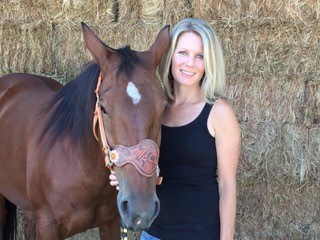

If caloric intake is reduced, horses might seek alternative food sources to fulfill natural feeding behavior.

The USDA recently funded a study to determine who is relinquishing horses to rescues and who is adopting them.

Of surveyed adopters, 83% strongly agreed their expectations had been met in adopting a BLM mustang.

Researchers recently determined which forage-based diet is healthiest for both the horse and the environment.
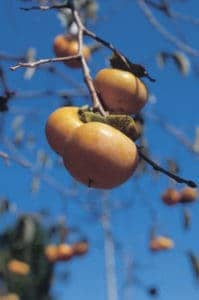
Persimmon fibers and seeds can create an obstruction in the GI tract, resulting in serious impaction colic.
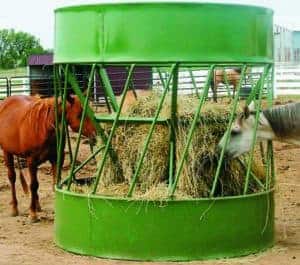
Several round-bale feeders are available, but how well do they prevent hay waste? And are they cost-effective?

Ultrasonography successfully identified both small and large intestinal diseases and predicted surgery need.

One common training method might not be as effective at conditioning racehorses as once thought.

Endocrinopathic laminitis might be more common in horses affected by endocrine disease than once believed.

According to one team of researchers, WSC reduction varies depending on how long the hay is submerged.

Riders and handlers might have a considerable affect on a horse’s behavior, especially in fearful situations.
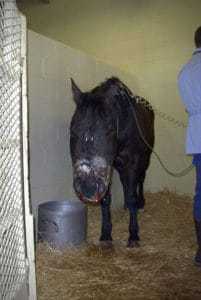
Researchers noted a 9% mortality rate in horses bitten by rattlesnakes.

The cortisol circadian rhythm ratio can identify horses under chronic stress and at risk for colic.

Researchers found the frequency of intestinal contractions was lower in stabled horses than pastured horses.

Increasing the palmar angle could increase the amount of pressure on dorsal laminae rather than decreasing it.
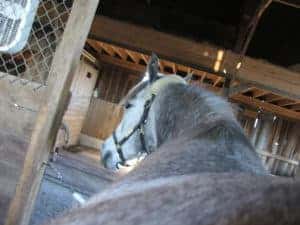
Researchers examined the other three weigh estimation methods and found one stood out as more accurate.
Stay on top of the most recent Horse Health news with